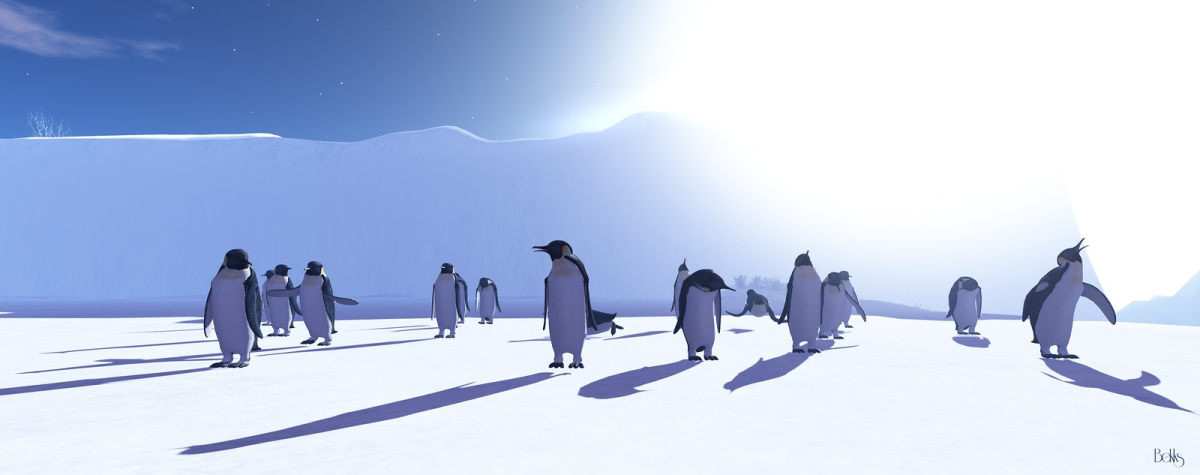Support strong Canadian climate journalism for 2025
This story was originally published by The Guardian and appears here as part of the Climate Desk collaboration.
A newly discovered emperor penguin colony has been seen using satellite images of one of the most remote and inaccessible regions of Antarctica.
The colony, home to about 500 birds, makes a total of 66 known emperor penguin colonies around the coastline of Antarctica, half of which were discovered by space satellites. The climate crisis is posing an existential threat to these colonies, as sea ice is rapidly melting.
“This is an exciting discovery,” said Peter Fretwell of the British Antarctic Survey, who led the research. “[But] like many of the recently discovered sites, this colony is small and in a region badly affected by recent sea ice loss.”
Emperor penguins are the only penguins that breed on sea ice, rather than land, and are located in areas that are very difficult to study because they are remote, inaccessible and can experience temperatures as low as -60 C. For the last 15 years, British Antarctic Survey (BAS) scientists have been looking for new colonies by searching satellite imagery for tell-tale brown guano stains (penguin poo) on the ice.
The latest colony, at Verleger Point in west Antarctica, was discovered based on images from the European Commission’s Copernicus Sentinel-2 satellite mission and confirmed on high-resolution images from the Maxar WorldView-3 satellite.
Penguins need the ice to last between April and September to give the chicks time to grow more robust, making them particularly vulnerable to climate breakdown. “If the ice breaks up before that, the chicks fall into the water and drown or freeze,” said Fretwell.
The size of penguin colonies also has a direct impact on their survival as the birds huddle together for protection against winter storms, particularly during the two-month period when the male penguins incubate the eggs before they hatch.
Colonies have already been lost due to changes in sea ice, including one at Marguerite Bay that had been studied since the 1940s, and another in Halley Bay that had been stable for 50 years. “Most emperor penguins will never see a human in their lifetime, but what we’re doing on the other side of the world is slowly killing them,” said Fretwell.
Since 2015, there have been dramatic changes in sea ice in Antarctica, which have accelerated. “Last year, we had the worst-ever sea ice conditions in Antarctica and this year is even worse,” said Fretwell. “We’re still working on what that means for the penguins, but it’s not good.”
Previous research has predicted that 90 per cent of known colonies will be lost by the end of the century if no further action is taken to cut greenhouse gas emissions. And Fretwell said there was little that could be done to mitigate this impact besides curbing global warming.
“We can try and protect the foraging areas for penguins by banning fishing,” he said. “But truthfully, this is a global problem and it can’t be looked at on a local scale.”






Comments